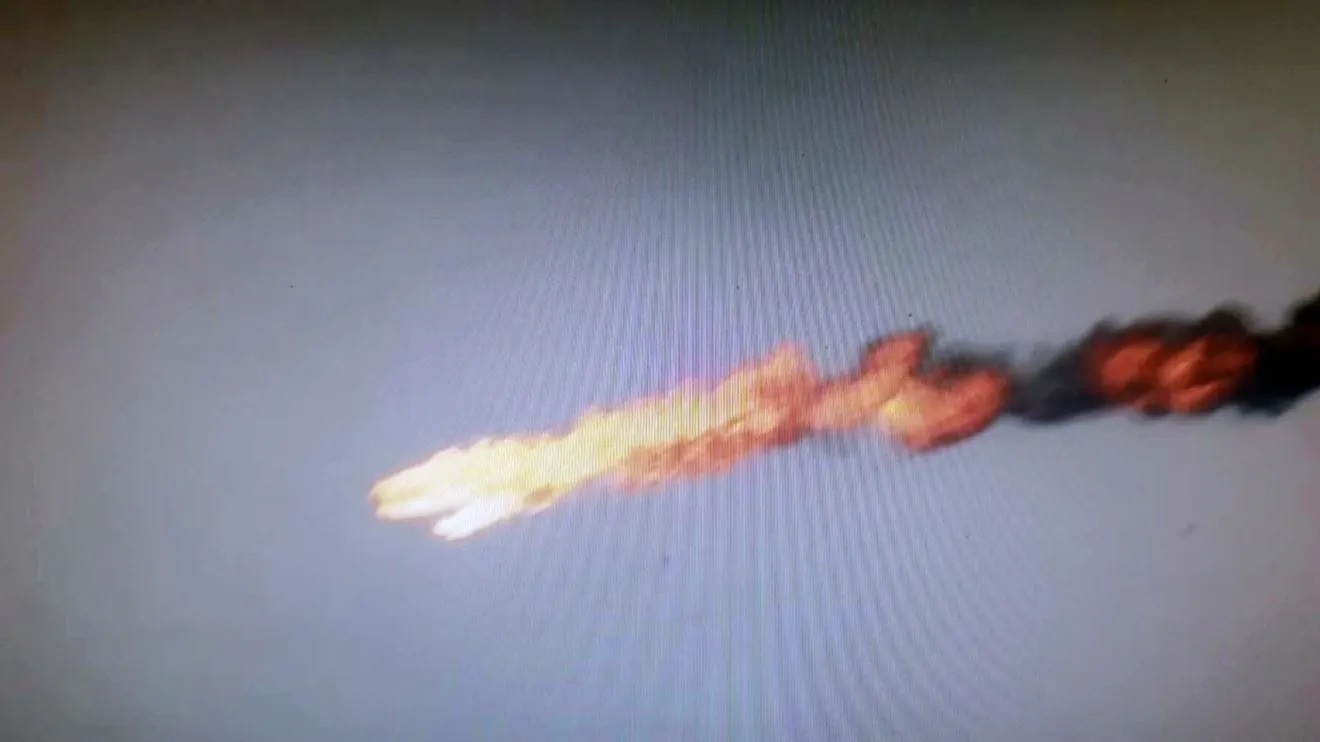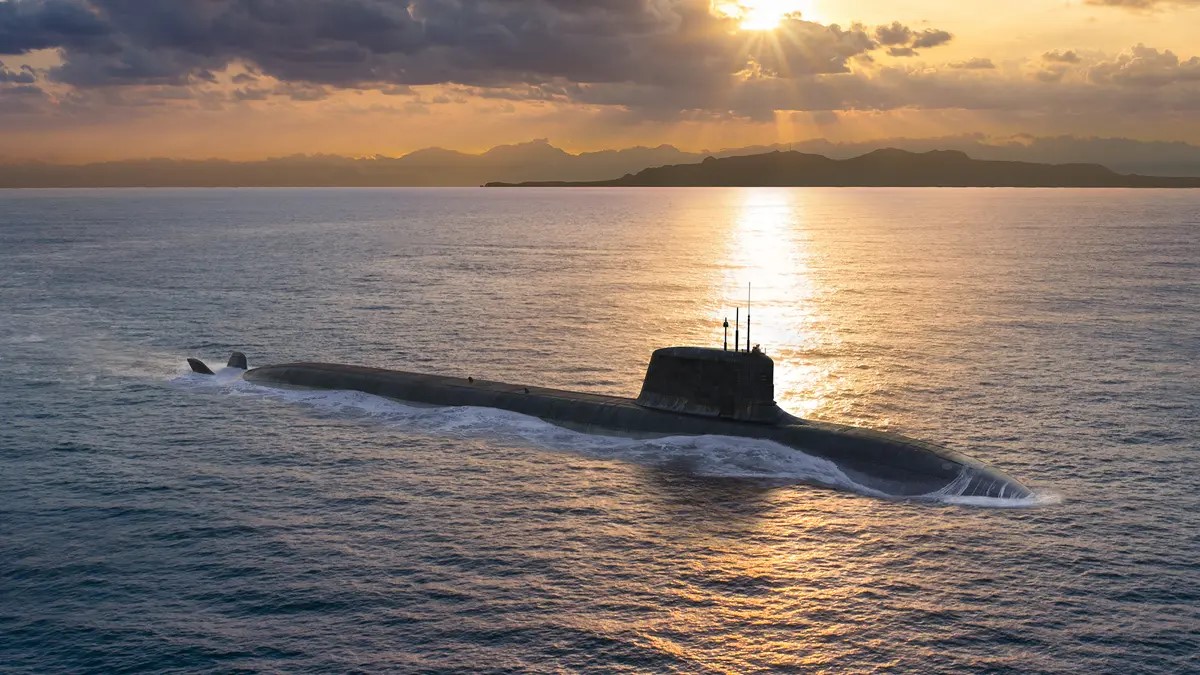Royal Navy enhances drone defences

Above: The Banshee drone distintegrates in a fireball.
Courtesy Royal Navy
In the first air-to-air trial of its kind, the crew of a Wildcat used the Martlet missile – designed to take out enemy surface targets – to destroy a Banshee jet flying at hundreds of miles an hour over the Bristol Channel.
The helicopter operates from Royal Navy frigates, destroyers and aircraft carriers performing a wide range of key roles, from supporting board and search operations and tracking down drug-runners moving at high speed across the ocean, to ferrying troops/equipment and personnel around and conducting rescues when necessary.
Thanks to two new missile systems – Martlet, which has been in service since 2021 and Sea Venom, successfully tested earlier this autumn – it can also take out hostile ships.
Martlet in particular is designed to foil enemy fast attack craft/speedboats – but experts also spotted its air-to-air potential.
That has now been realised at the Manorbier range, near Tenby, in Southwest Wales – the first time the Wildcat has detected, tracked and engaged a drone without outside assistance.
It marks a step forward for the Royal Navy, unlocking a new defence against a very modern threat – seen most recently in the Red Sea.
Commander James Woods, commanding officer of 815 Naval Air Squadron, said: “This is a fantastic development for the Wildcat HMA 2 helicopter and a significant advancement in maritime strike capability for the Royal Navy that further refines our ability to deter and neutralise airborne threats.”











